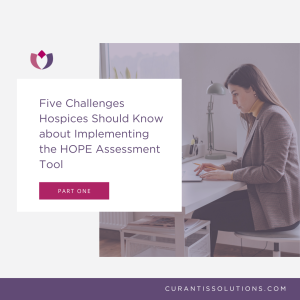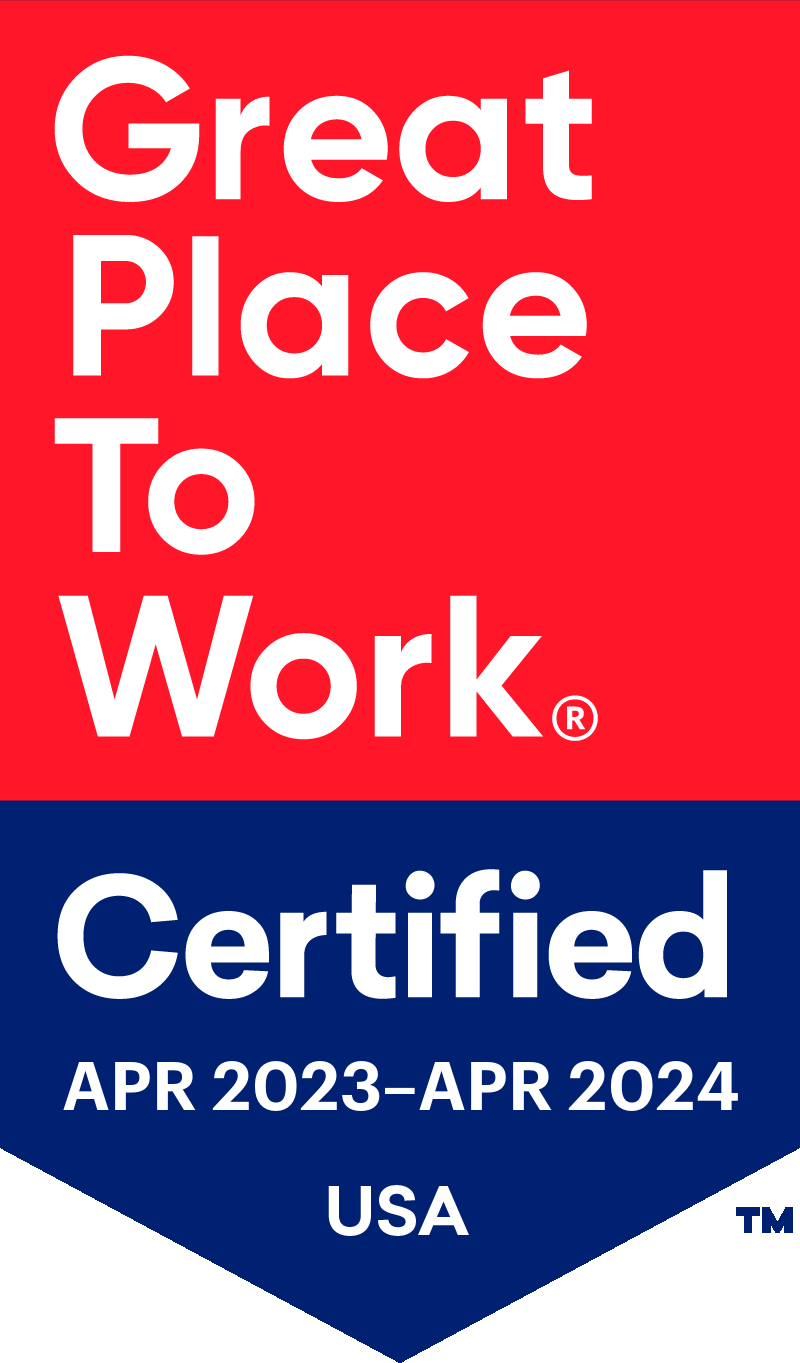Five Challenges Hospices Should Know about Implementing the HOPE Assessment Tool
Five Challenges Hospices Should Know about Implementing the HOPE Assessment Tool Starting October 1, 2025, the Centers for Medicare & Medicaid Services (CMS) will introduce the Hospice Outcomes and Patient Evaluation (HOPE) as the new standard for patient-level data collection across all Medicare-certified hospices. This tool is designed to replace the existing Hospice Item Set (HIS) and aims to enhance the quality measures within hospice care. Transitioning to the HOPE tool involves several challenges and complexities that hospice providers must navigate. Understanding these issues ahead of time can help mitigate potential obstacles and ensure a smoother implementation process.
Challenges and Complexities of Transitioning to HOPE:
- System Upgrades and Integration: The HOPE tool requires updates to existing IT systems to handle new data elements and workflows. Providers may face challenges integrating the HOPE tool with their current electronic health records (EHR) systems, which may require significant technical adjustments or even new software installations.
- Training and Staff Readiness: Staff must be thoroughly trained not only on the technical aspects of the new tool but also on its clinical implications. Given that HOPE includes several new or expanded domains compared to HIS, additional clinical training might be required to accurately capture and utilize the data.
- Data Management and Quality Control: The transition to new workflows often brings about challenges in maintaining data integrity and quality. Providers will need robust data management strategies to ensure that data collected is accurate, timely, and useful for quality reporting and care improvement.
- Financial Implications: Implementing new processes can be costly, involving expenses related to software upgrades, training, and possible disruptions to workflows during the transition period. There is also the risk of financial penalties if the data is not submitted on time or does not meet CMS standards.
- Regulatory Compliance and Reporting: Keeping up with compliance requirements as they evolve during the transition period can be challenging. Providers need to ensure they are aware of all reporting deadlines and requirements to avoid penalties.
In Summary
In summary, the transition to the HOPE assessment tool presents a range of challenges that require careful consideration and strategic planning. While this may seem daunting at first glance, your hospice can navigate this transition smoothly and efficiently with the right preparation and support. In our next blog, we will delve into specific strategies to prepare your team and systems for these changes, ensuring you’re not just compliant, but also poised to enhance the quality of care you provide.
At Curantis Solutions, we are dedicated to ensuring that your transition to HOPE is as seamless as possible. We are here to support you every step of the way. To learn more, download our fact sheet with additional information and links to help you prepare for HOPE, ensuring that your organization continues to provide exceptional care without missing a beat. Stay tuned for part two of this blog, where we’ll equip you with everything you need to turn these forthcoming changes into opportunities for growth and improvement.
Download our FREE HOPE Assessment Overview Info Sheet.
To read part two, visit here.






